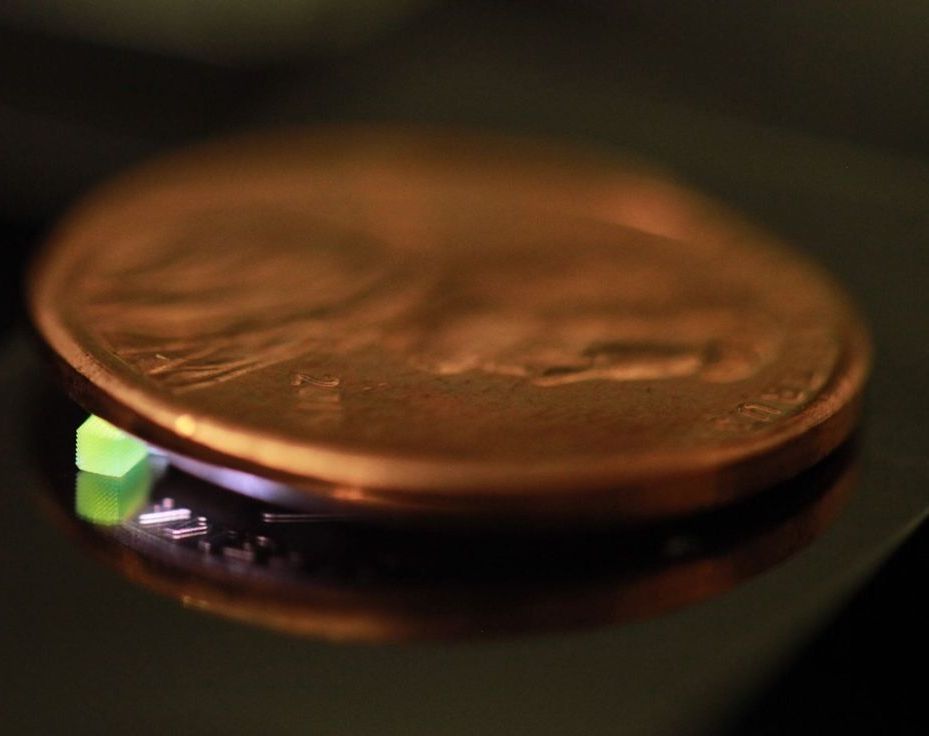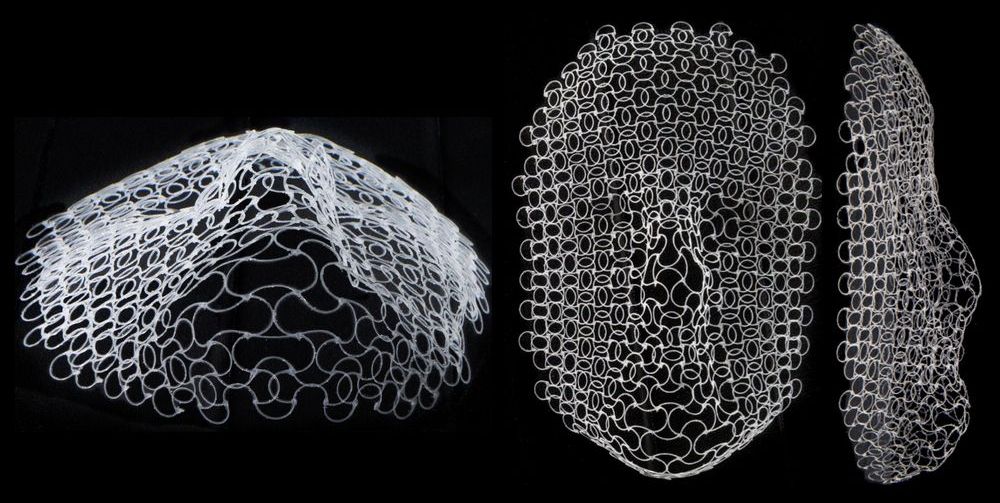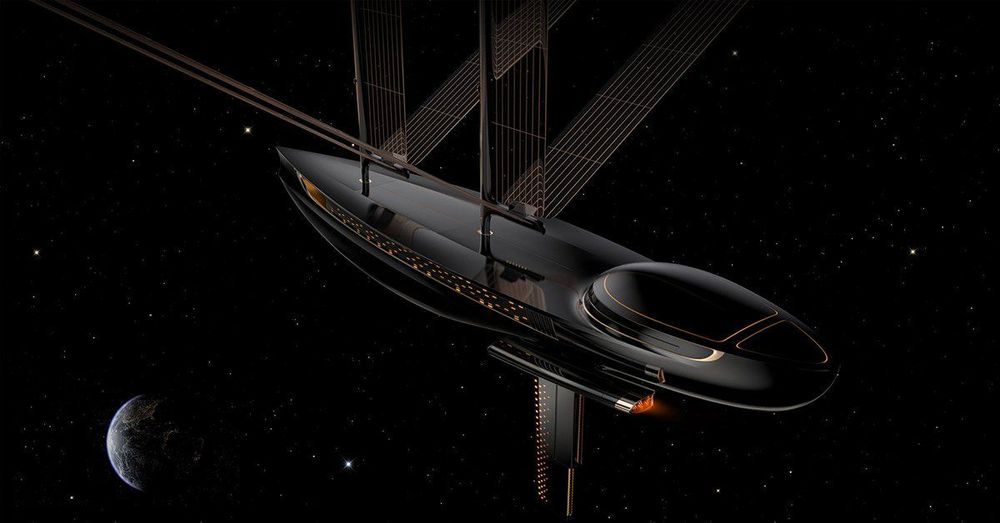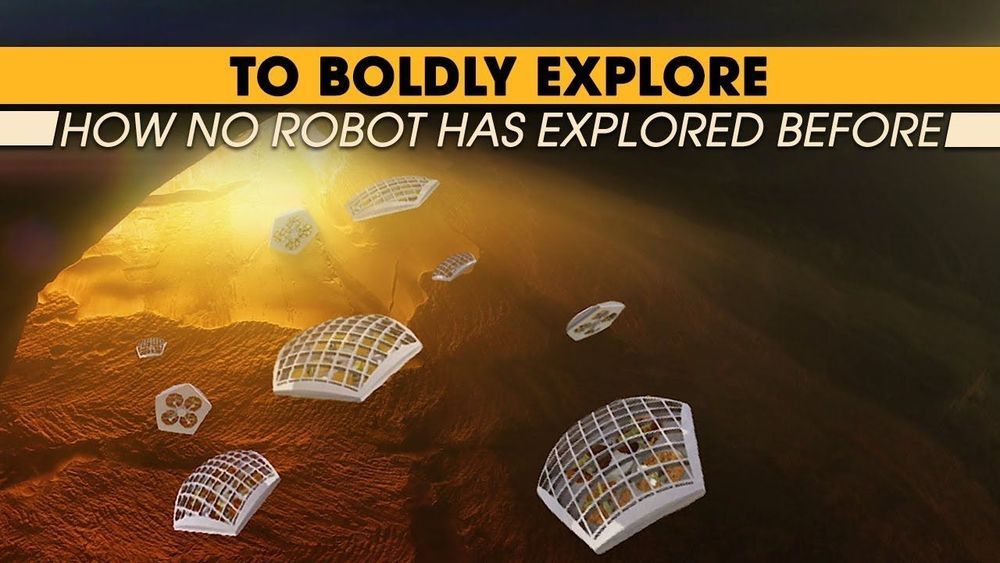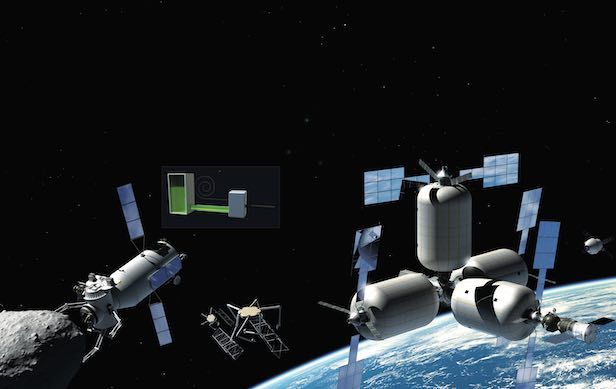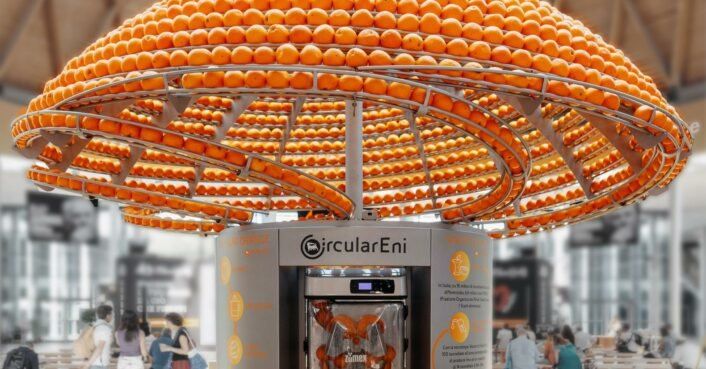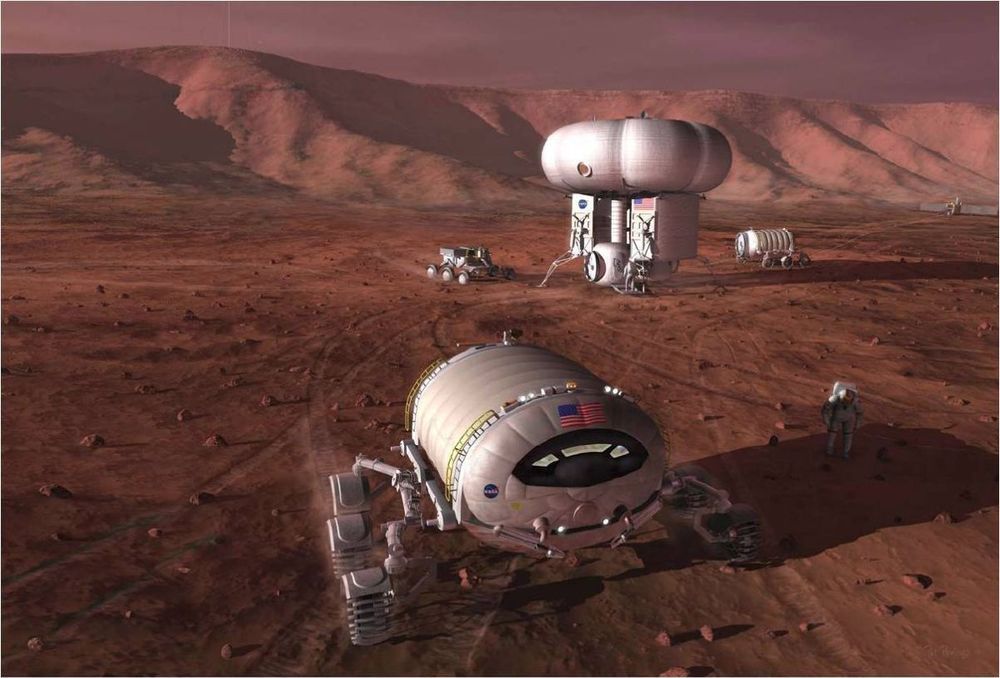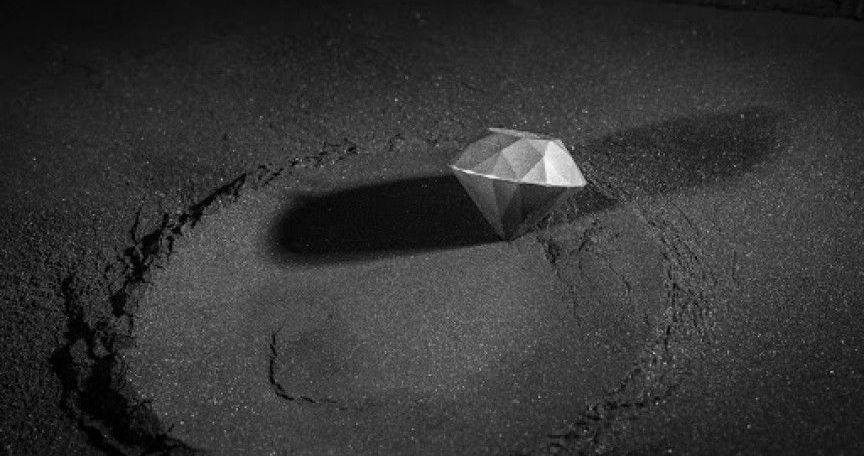Oct 11, 2019
Shape-shifting robot built from ‘smarticles’ shows new locomotion strategy
Posted by Paul Battista in categories: 3D printing, robotics/AI
Check out the new shape-shifting robot made out of “smarticiles” that show a new locomotive strategies!! https://www.sciencedaily.com/releases/2019/09/190918140759.htm ~via ScienceDaily… #churchofperpetuallife #perpetuallife #sciencedaily
Building conventional robots typically requires carefully combining components like motors, batteries, actuators, body segments, legs and wheels. Now, researchers have taken a new approach, building a robot entirely from smaller robots known as “smarticles” to unlock the principles of a potentially new locomotion technique.
The 3D-printed smarticles — short for smart active particles — can do just one thing: flap their two arms. But when five of these smarticles are confined in a circle, they begin to nudge one another, forming a robophysical system known as a “supersmarticle” that can move by itself. Adding a light or sound sensor allows the supersmarticle to move in response to the stimulus — and even be controlled well enough to navigate a maze.
Though rudimentary now, the notion of making robots from smaller robots — and taking advantage of the group capabilities that arise by combining individuals — could provide mechanically based control over very small robots. Ultimately, the emergent behavior of the group could provide a new locomotion and control approach for small robots that could potentially change shapes.
